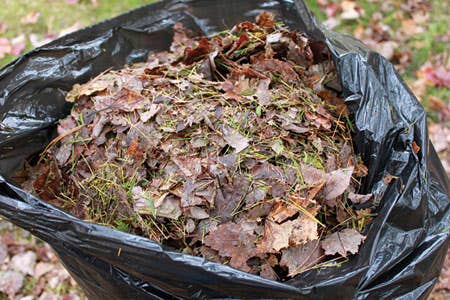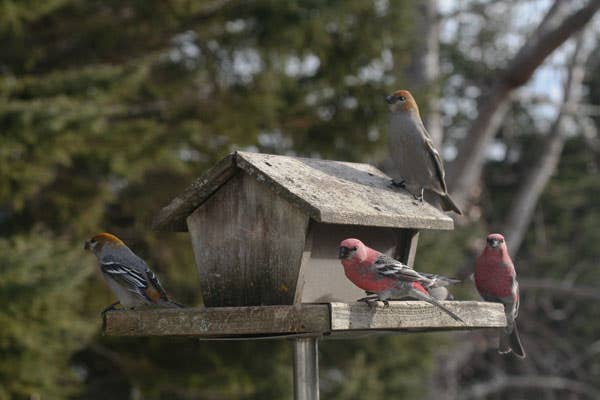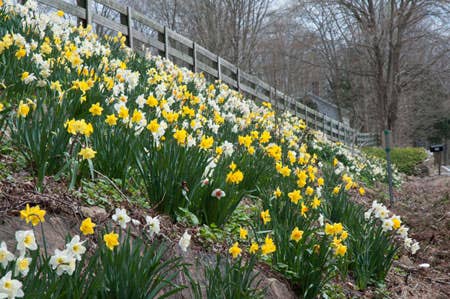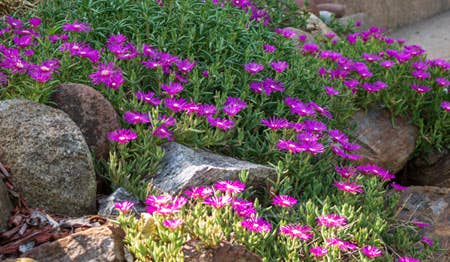Tip of the Week: Pruning Shrubs
If you have to prune, and want to prune, do it immediately after flowering. The new shoots that are made after pruning then have time to grow, ripen and produce flower buds for the following year.
Tip of the Week: When to Prune Spring-Flowering Shrubs
If you have to prune, and want to prune, do it immediately after flowering. The new shoots that are made after pruning then have time to grow, ripen and produce flower buds for the following year.
There is a logical exception to the rule. Plants that are grown for fruit should not be pruned after flowering (or there will be no fruit). Prune selectively after the fruit has appeared.
The Golden Rules of Pruning
- You do not have to prune. Pruning is a garden thing. In nature, “pruning,” if it happens at all, is a natural process. It is not an essential stage of the plant’s life cycle. Many gardeners seem to think that every plant needs pruning to achieve results. This is not the case.
- The harder you prune, the more vigorous will be the growth afterward. Plants are intelligent,” and hormones will respond to your amputations by stimulating vigorous growth to replace what has been removed.
- Light pruning produces light lateral growth and a bushier plant. If the plant is one that flowers or fruits on this type of growth, go ahead and “snip,” but do it in a logical, controlled way.
Spring Pruning Guide
Deciduous shrubs that flower in early spring, such as forsythia:
Prune after flowering. Cut out wood that has flowered, back to where vigorous new shoots are emerging. This is done selectively, paying attention to the overall shape. It is not essential every year, but should be done frequently.
Deciduous shrubs flowering in late spring and early summer, such as lilac:
Prune after flowering. Cut out wood that has flowered, back to where vigorous new shoots are emerging. Take out some branches to ground level each year on mature shrubs that are overcrowded in the center. The new growth produced will flower the following year.
Evergreen shrubs, such as viburnum:
Prune in late spring. This is a time of active growth; cutting back will stimulate a rapid flush of replacement growth.
Acid-loving shrubs, such as rhododendron:
Pruning is not necessary, but do it immediately after flowering if you must.
—from The Horticulture Gardener's Guide to Shrubs by Andrew McIndoe







